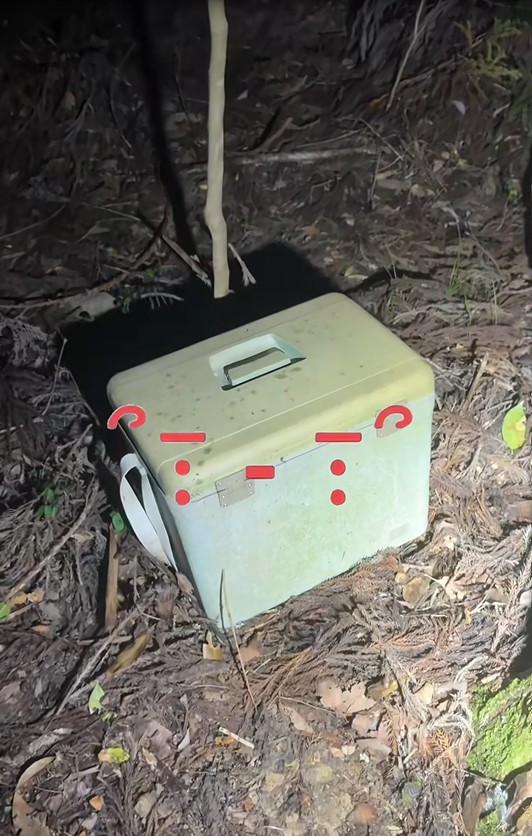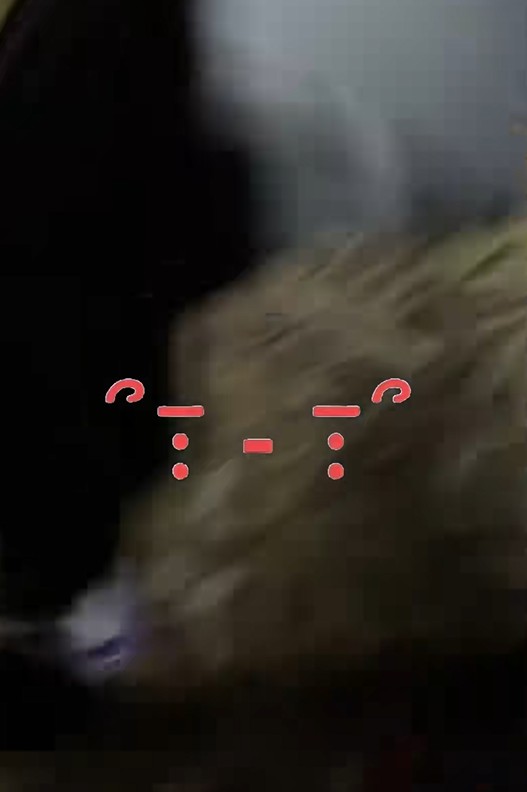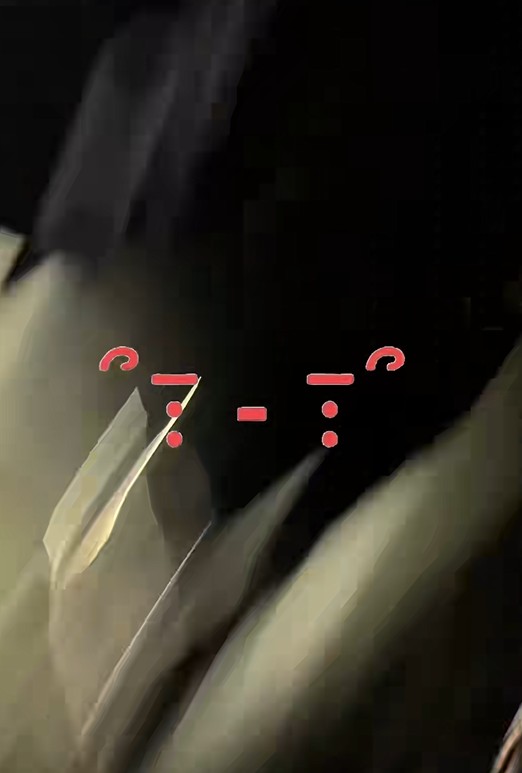Nama Cooler Box Unblurred Video and The Discovery
In recent years, the internet has become home to countless shocking videos clips that spread like wildfire, blurring the line between curiosity and horror. Among the latest to grab global attention is the so-called “Nama Cooler Box Unblurred Video.” The footage, which reportedly shows two men discovering a mysterious cooler box in a forest, has both fascinated and disgusted viewers worldwide. What begins as an innocent exploration soon turns into a disturbing revelation, leaving people wondering whether the video is real, staged, or part of a bizarre performance.

This article explores what happens in the video, the possible background of its creation, public reactions across social media, and the broader implications for digital culture and human curiosity.
Contents
The Video’s Discovery
The “Nama Cooler Box” clip appears to have been filmed in a quiet, wooded area. The footage opens with two young men believed by many to be Japanese based on their language and appearance wandering through a forest. Their casual demeanor suggests that they may be vloggers or explorers documenting their findings. The camera shakes slightly as they spot an object lying partly hidden beneath dry leaves: a white cooler box, the kind typically used to store drinks or food.
The Nama Cooler Box video has stirred up the online community, sparking controversy and intense debate over what’s actually inside the box
nama-cooler-box-unblurred-video.mp4
Curious, the men approach the box and begin examining it. The video shows them discussing in a mix of Japanese words and gestures before deciding to open it. As they lift the lid, their expressions shift dramatically from curiosity to confusion and then disgust. Moments later, they tilt the cooler box to pour out its contents, and a shocking scene unfolds: a brown, foul-looking substance spills onto the forest floor, unmistakably resembling human feces.
The men recoil in horror while the camera continues recording. One of them makes a disgusted noise, while the other steps back quickly, visibly disturbed. The moment is raw and unscripted, adding to the unsettling realism of the clip. The unblurred version, which many viewers claim to have seen on alternative video sites, intensifies the shock by showing the entire act without censorship.
Possible Origin and Context
While the exact origin of the video remains unclear, many online users believe it originated from Japan, given the language spoken and the individuals’ appearance. Early versions of the clip reportedly surfaced on obscure message boards and video-sharing platforms before being reposted on Reddit, X (formerly Twitter), and Telegram.

As the video spread, theories began to multiply. Some viewers speculated that it might have been part of a shock prank or social experiment, while others suspected it could be evidence of illegal dumping or waste disposal in a remote area. A few even argued that the men had stumbled upon something far more sinister perhaps biological waste or remnants from a crime scene. However, none of these claims have been verified.
What stands out most is how quickly the clip went viral, showing once again how the internet’s fascination with the grotesque can propel even the most disturbing content into public view.
Reactions Across Social Media
When the “Nama Cooler Box” video began circulating, reactions were immediate and intense. On X and Reddit, users described it as “one of the most revolting things ever posted,” while others said they couldn’t look away despite their disgust. Some shared still images from the video, while others posted blurred versions accompanied by warning captions such as “Do NOT watch this if you have a weak stomach.”

Interestingly, a separate community of internet sleuths tried to analyze the details the type of forest vegetation, the men’s accent, and even the cooler box brand to determine where it was filmed. Memes and jokes soon followed, turning the disturbing event into a strange kind of digital spectacle.
The phrase “Nama Cooler Box” began trending, not only because of the footage but also because people were debating whether such videos should even be allowed online. Some argued for free expression and transparency, while others called for stricter moderation to prevent the spread of distressing content.
Ethical and Psychological Dimensions
Why do people feel compelled to watch disturbing or disgusting videos? Psychologists describe this phenomenon as “morbid curiosity” the human tendency to seek out experiences that are repulsive, frightening, or taboo. The “Nama Cooler Box” video fits perfectly into this pattern. Viewers know they might feel disgusted, but they watch anyway, driven by curiosity and a desire to understand what everyone is talking about.
There’s also an ethical question involved: Is it right to watch and share such content? When people repost shocking videos, even without malicious intent, they contribute to a cycle that rewards sensationalism. Every view, comment, or repost gives disturbing material more visibility. This normalization of grotesque content can slowly desensitize audiences, making them less sensitive to suffering, disgust, or human dignity.
Some users online pointed out that while the clip may not involve violence or explicit crime, it still crosses a moral boundary one that blurs the difference between curiosity and voyeurism.
The Broader Issue of Shock Videos
The “Nama Cooler Box” incident is not isolated. Over the years, the internet has seen numerous shock videos that test the limits of taste and decency. From infamous clips like “2 Girls 1 Cup” to disturbing challenges on dark web forums, the pattern remains the same: people encounter something outrageous, share it, and it quickly becomes a viral topic of fascination and disgust.
Platforms like TikTok, Reddit, and Telegram face an ongoing challenge: balancing freedom of expression with community safety. Algorithms often promote content that provokes strong emotional reactions anger, fear, disgust because it keeps users engaged. Unfortunately, this system can unintentionally amplify harmful or disturbing material.
The “Nama Cooler Box” video thus represents a symptom of a larger problem: a digital culture built on shock value, where extreme content spreads faster than truth or context.
Expert and Media Commentary
Some digital media experts have tried to explain why the “Nama Cooler Box” video gained such traction. According to them, it taps into three key factors that fuel virality: mystery, disgust, and authenticity. The clip is mysterious because no one knows where it came from. It provokes disgust because of its grotesque content. And it feels authentic it looks like an unplanned discovery, not a staged scene.
Psychologists also warn that constant exposure to disturbing material can harm mental well-being. Even if viewers watch out of curiosity, such videos can trigger nausea, anxiety, or even mild trauma. As one expert noted, “When the line between reality and performance becomes blurred, the brain reacts with both fascination and fear.”
Japanese online communities, too, have debated the authenticity of the footage. Some users suggested it could be part of a low-budget horror project or experimental performance art, while others insisted it’s simply real and disgusting. Either way, the conversation reveals how the internet transforms shock into entertainment.
Viewer Responsibility and Caution
In an age where anything can go viral, viewers must remember that not all videos are safe to watch. Searching for “unblurred” or “original” versions of disturbing footage can expose individuals to traumatizing imagery or illegal material. Experts urge users to approach such content with caution or better yet, avoid it altogether.
Sharing or reposting such videos can also violate community standards or even national laws regarding obscene or harmful content. Responsible users should instead report clips that appear disturbing or exploitative, helping prevent their further spread.
The “Nama Cooler Box Unblurred Video” is a vivid reminder of how quickly the internet can turn a bizarre and disgusting discovery into a viral event. While its authenticity and purpose remain uncertain, its impact is undeniable sparking global conversations about shock media, ethics, and curiosity.
Ultimately, the fascination with this clip says more about us than about the video itself. It reflects a collective curiosity about the forbidden and the grotesque, a need to look even when we know we shouldn’t. Yet, as digital citizens, we must balance curiosity with responsibility, recognizing that every view and share shapes the online world we live in.
The real story behind the “Nama Cooler Box” may remain a mystery, but one thing is clear: in the age of viral media, our reactions often reveal what’s inside the human mind more than what’s inside the box.
Hot News -Balin Miller Death Fall Livestream Video on TikTok, Twitter, Reddit and Tragic at El Capitan
Susanna Gibson Payne Video and Domestic Violence Charges
Thailand Pickup Truck Original Video and Russian Man
Cake Farts Original Video and the Controversial Cake
Younglo Instagram Story Video Sparks and Public Reaction
Ryan Easley Tiger Video and Tragic Death in Oklahoma
Edwin Cruz Gomez Video and Tragic of Jhoanny Alvarez

